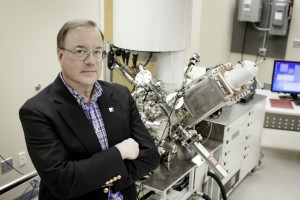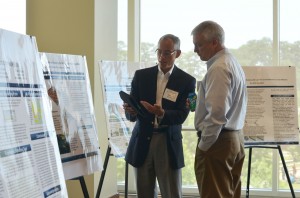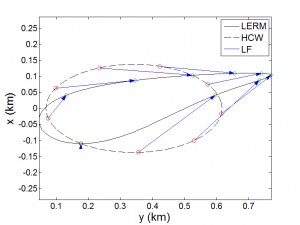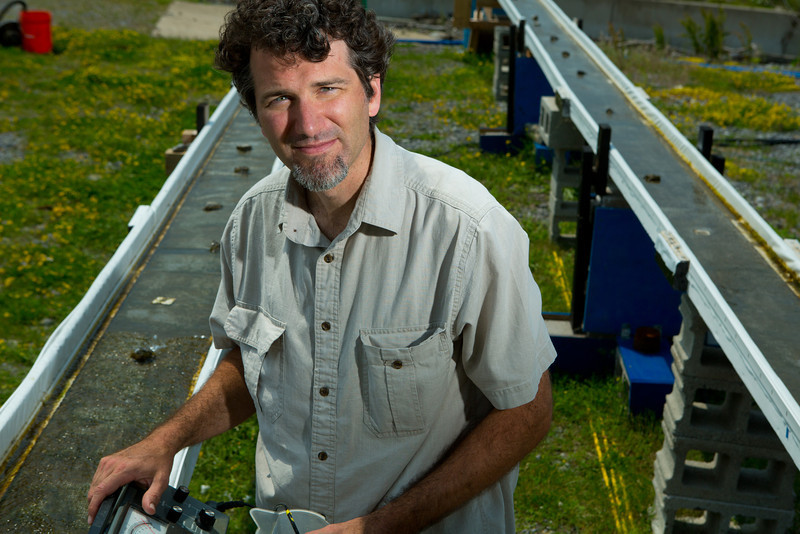Into the Lab: Chemical Engineering
It is said one hour of sunlight hitting the Earth can run the operations of mankind for one year, and Bruce Tatarchuk, Charles E. Gavin professor of chemical engineering and director of the Center for Microfibrous Materials Manufacturing, is ready to help harness that energy. Tatarchuk received an X-ray photoelectron […]



